Blues Museum Opens!!!—in St. Louis.
ST. LOUIS–The National Blues Museum is in a former department store in downtown St. Louis. The museum got a lot of love even before its April 2 grand opening, as the $14 million center was named a top travel destination by the New York Times and Smithsonian Magazine.
I waited until the doors opened to get my mojo talkin’.
The National Blues Museum is a snappy, well told story with lots of panels, posters and photographs. It has an ambitious vision. It is billed as the only institution of its kind dedicated exclusively to preserving and honoring the history of blues music and its impact on American and world culture.
There’s also the Delta Blues Museum in Clarksdale, Ms., the Blues Hall of Fame in downtown Memphis and the quaint River Music Experience in Davenport, Ia.
Am I missing any important blues cities?
The majestic St. Louis building was born in 1906 as the Grand-Leader department store. The 23,000 square feet of the museum gives it ample room to grow and evolve, just like the blues itself. That’s what is exciting to me about the St. Louis development. I’d like to see more interactive exhibits, more source interviews and sounds and more original artifacts at the National Blues Museum.
For example, the museum points out that W.C. Handy “The Father of the Blues” lived in St. Louis circa 1892-93. On display in front of his picture are a random coronet and a regular trumpet that denote his instrumentation. In 1967 the new St. Louis Blues hockey team was named in honor of Handy’s legacy.
Conversely, the interactive highlight comes from a $100,000 gift from rocker and Paramount Records blues archivist Jack White. [The eagle eye will notice the museum’s “Ma Rainey’s Mystery Record,” recorded in 1924 at Paramount in Grafton, Wis.]
White’s “Mix It Up” room is the end result of a series of touch monitors throughout the museum that allow visitors to create their own blues persona, music (with harmonica, guitar and piano), lyrics and album artwork.
Each monitor visit can be mashed up into a unique song delivered in the “Mix It Up” room at the end of the museum tour. Guests received a free mp3 “Mix It Up” file as a souvenir.
During my visit on a rainy weekday afternoon, the “Mix It Up” room had the most visitors–and the most young people.
The museum tells the story of the blues through its migratory path from Mississippi through Memphis, Chicago, Detroit, St. Louis and Canada while also branching out west to California. It moves on up to modern day, illustrating the blues imprint on hip-hop artists such as Kendrick Lamar.
It messed me up to read about Chicago’s rich blues history in a St. Louis museum. One museum panel paid homage to the blues inspired jazz and vaudeville artists who performed at The Chicago Theatre. Around the corner I saw wall sized portraits of Chicagoan Sam Cooke and the Soul Stirrers.
That’s as lame as seeing an image of Stan Musial in a Chicago baseball museum.
There are Chicago connections at the museum. Interpretative manager Jacqueline K. Dace was formerly project manager for the Mississippi Civil Rights Museum in Jackson, Ms. and collections manager at the Du Sable Museum of African American History in Chicago.
And the first person I bumped into after walking through the front door was the friendly volunteer docent, Paul Bruce, retired director of safety from METRA. The Chicago native’s daughter lives in St. Louis. He showed me the museum’s 150-seat music venue, deployed with four HD (High Definition) cameras for internet screening. Regular live performances just began.
The museum is part of the new MX (Mercantile Exchange) district, an emerging downtown destination that includes an Embassy Suites on one side of the museum and Sugar Fire Smoke Barbecue on the other side. Most important the museum is two blocks from the America’s Center Convention complex.
Let’s see. In Chicago, the Chess Records studio and the historic Record Row is within walking distance of the McCormick Place convention complex.
But NOOOOOOH, our mayor wants to borrow more than $1 billion for a Star Wars museum filled with Norman Rockwell paintings? Wonder if it’s because he has a brother with Hollywood ties.
National Blues Museum founding executive director Dion Brown came to St. Louis in June, 2015 after serving as Executive Director of the B.B. King Museum and Delta Interpretive Center in Indianola, Ms..
How did St. Louis pull off what Chicago has so sadly failed to accomplish?
“I’ve followed this museum since 2011,” Brown answered during a conversation in his office. “I even asked ‘Why St. Louis?’ The answer I got was that it belongs wherever people wanted it. St. Louis pushed for it and had the donors who actually wanted to see it here.”
That’s how I felt about the Rock n’ Roll Hall of Fame.
I thought it should have been built in Memphis, but Cleveland worked the hardest to get it.
Brown said, “If you look at the central location to Chicago, Memphis, down to the Delta, geographically, St. Louis is the best place for it. Everybody can come to it. They started talking about this in 2010 and they pulled this off in six years. That’s something. And this is only going to get better. It has so much room to get better.
“I’m a dreamer. Being the National Blues Museum, what’s wrong with having a branch in Chicago? It’s about branding and growing the museum.”
Besides Jack White’s involvement other notable museum supporters include St. Louis native and actor John Goodman, Devon Allman, Morgan Freeman, and Chicago’s Buddy Guy. The turning point in making the museum a reality came in 2012 when Pinnacle Entertainment, which formerly owned the nearby Lumiere Place casino and hotel, invested $6 million into the project. Prior to that bet the museum had raised $1 million.
Freeman provides narration for an introductory blues film.
Maybe Rahm can hire R2D2 to do the voice over for a Chicago blues museum.
“We had Bonnie Raitt come here before we opened,” Brown said. “She just fell in love. We didn’t ask her to do anything, but she believes in what we’re doing so much she went and raved about us at her sold out concert here in town (at the Peabody Opera House). That’s from the heart. We weren’t there, it’s not like we gave her a script.
“That’s what I love about this.”
The National Blues Museum was designed by Gallagher & Associates, who also did the B.B. King museum, the National World War II Museum in New Orleans–and The Mob Museum of Las Vegas. The ceiling design incorporates original railroad ties from the area while the gift shop and performance area uses reclaimed wood from the Mississippi River.
Brown is from Decatur, Ill.–the hometown of former Chicago Cubs great Bill Madlock. Brown’s father worked at the since-closed Wagner Castings plant and his mother worked at Decatur Memorial Hospital.
“I’m a die-hard Cubs fan,” the 51-year-old Brown said with a proud smile. “Actually on media day I had my Cubs hat. They go, ‘ You’re not going to go on stage with that cap on. You’re gonna’ close that museum before it even opens.’ Jose’ Cardenal. Big Cubs fan.”
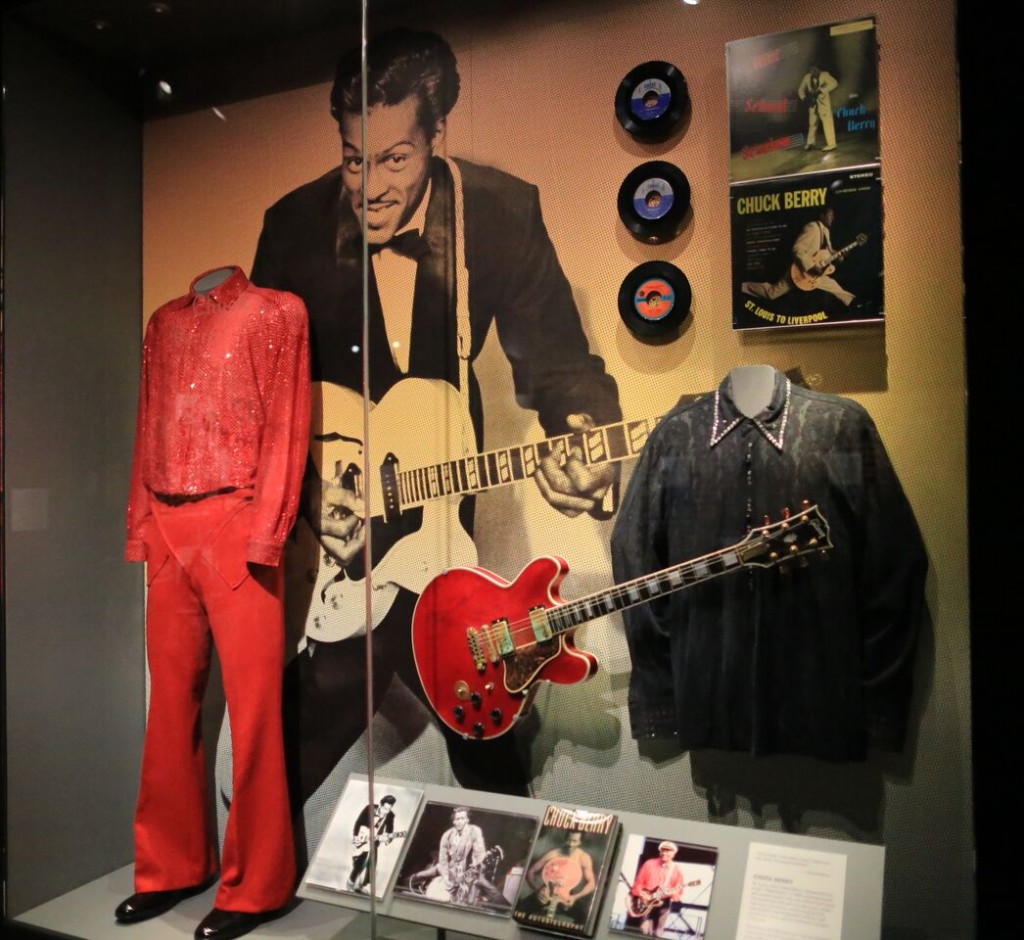
American poet and Cardinals fan Chuck Berry recognized with his “Special Occasion” Gibson ES-355 that he deployed in the 1987 documentary “Hail!, Hail!, Rock n’ Roll” (Museum photo by Bill Motchan)
Brown obtained a Bachelor of Science degree (Magna Cum Laude) in Human Resources from Southwestern College. He is also retired from the United States Air Force after 21 years of service. Brown grew up as a fan of jazz and sports talk radio.
After leaving the air force, Brown was first hired as Director of Human Resources at Exploration Place and was promoted to Chief Operating Officer at Exploration Place in Wichita, Ks. He moved to the B.B. King museum in December, 2010. In 2013 the Delta Business Journal as named Brown as one of its “Top Minority Business Leaders.”
“My last job there was to bury Mr. King there at the museum,” Brown said. “We buried Mr. King on May 30 (2015) on the grounds of the museum, drove my wife back to Kansas on May 31 and drove here June 1.”
And now, the blues are reborn in St. Louis.

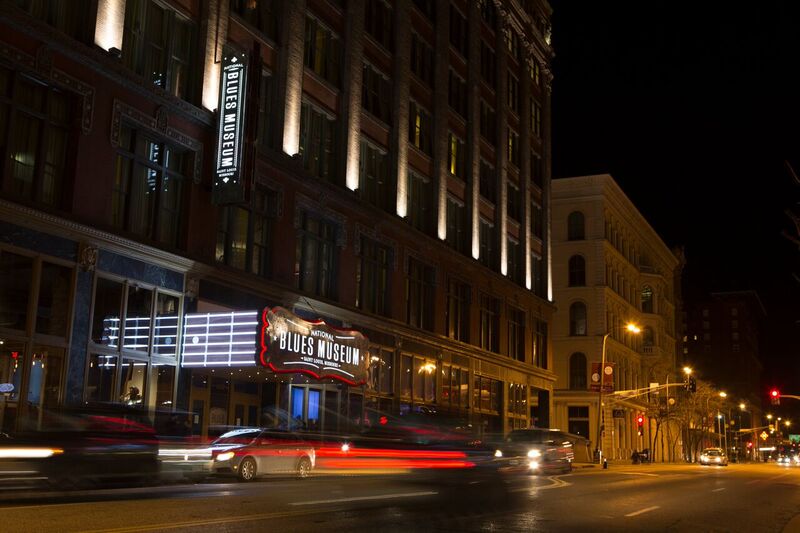
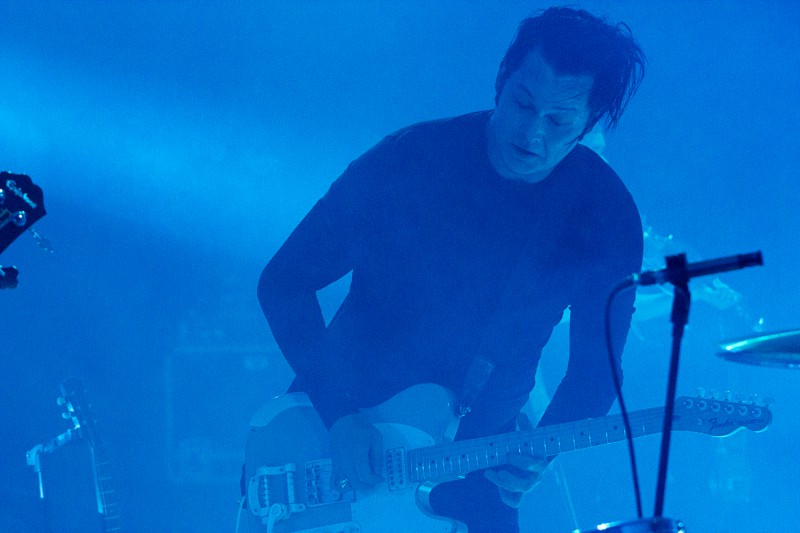
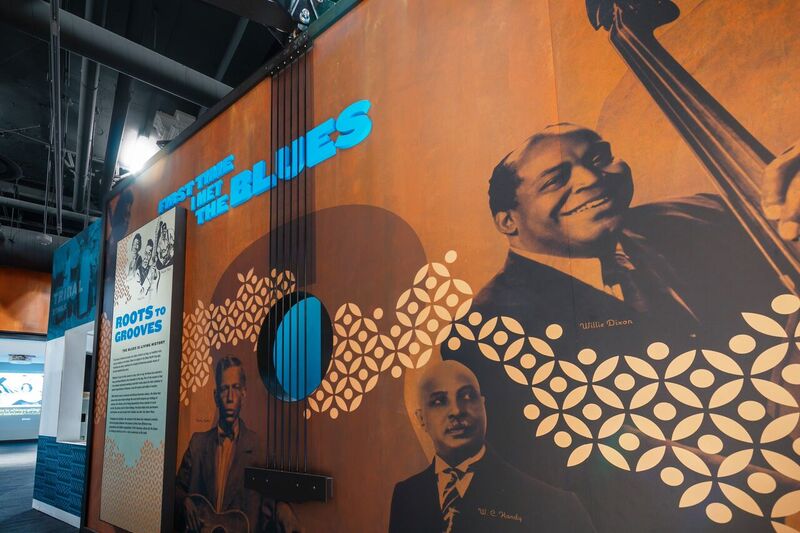
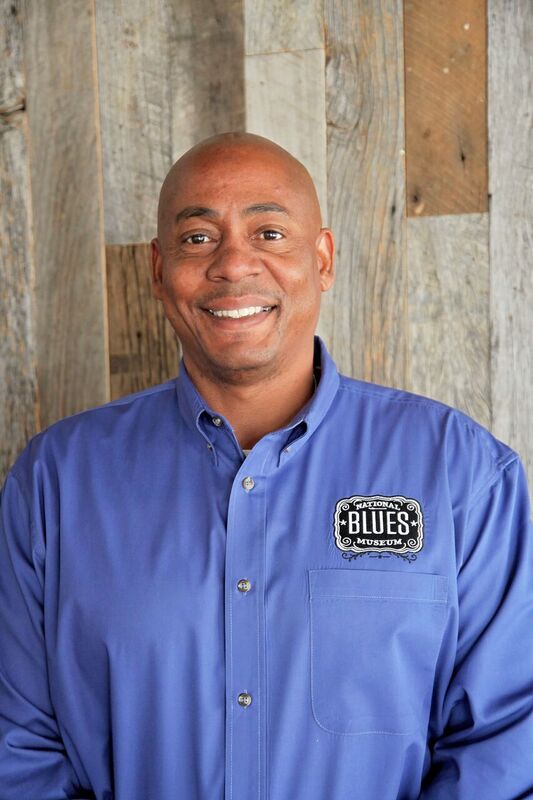
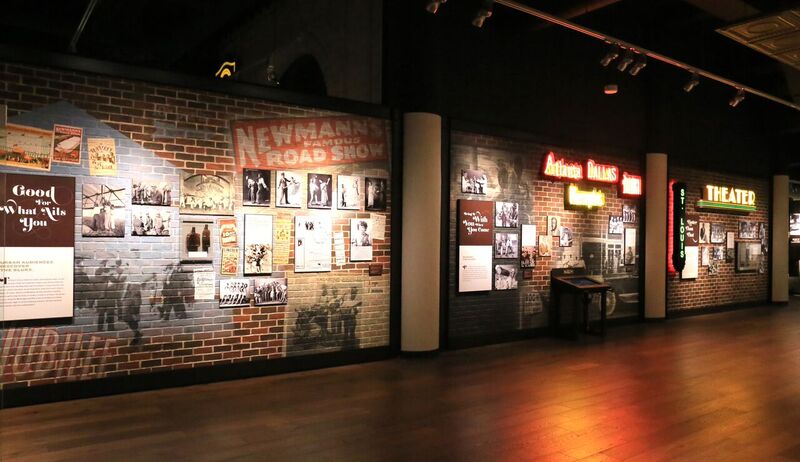
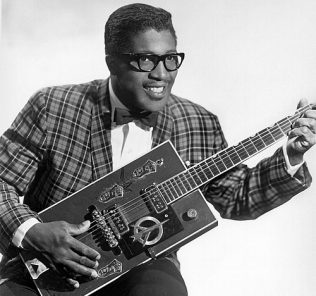
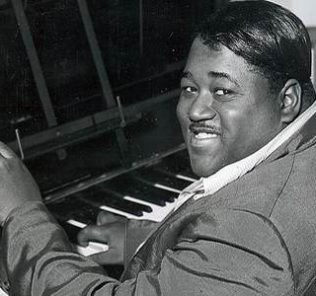

St.Louis is the “Home of the Blues” baby! I was born and raised there. Third daughter of a bar owner Jesse J. King, right off of gas light square on Easton St. (remember that street?) “King’s Palace”. Born in blues and jazz, I can’t think of a better place to hold tribute to the greats; whether from STL or playing through. The Mississippi carries them all through St. Louis to give them real birth in the Blues.